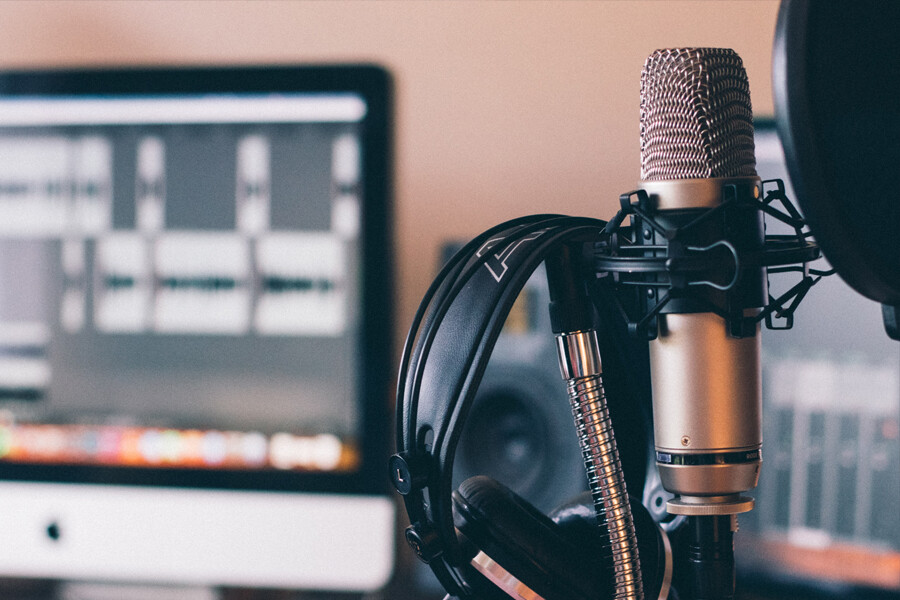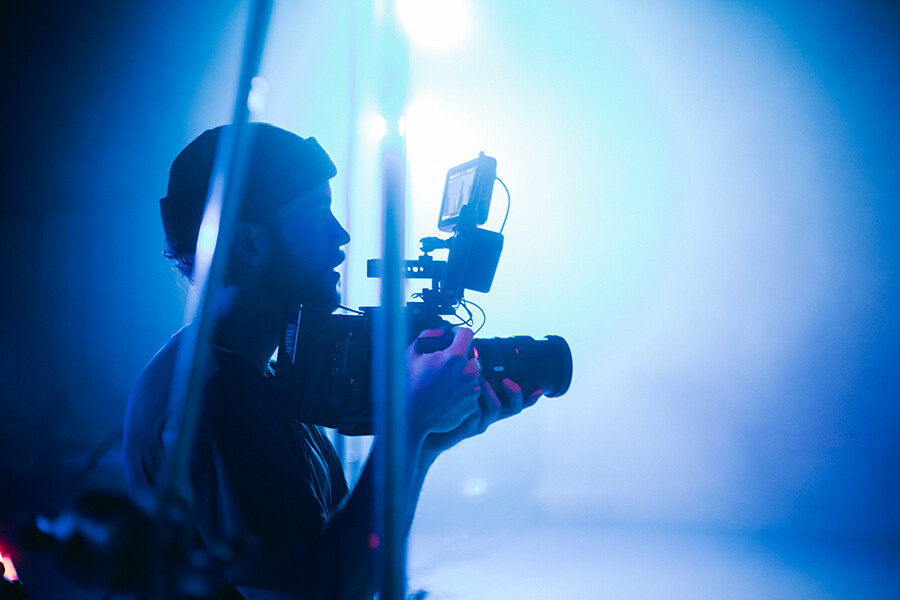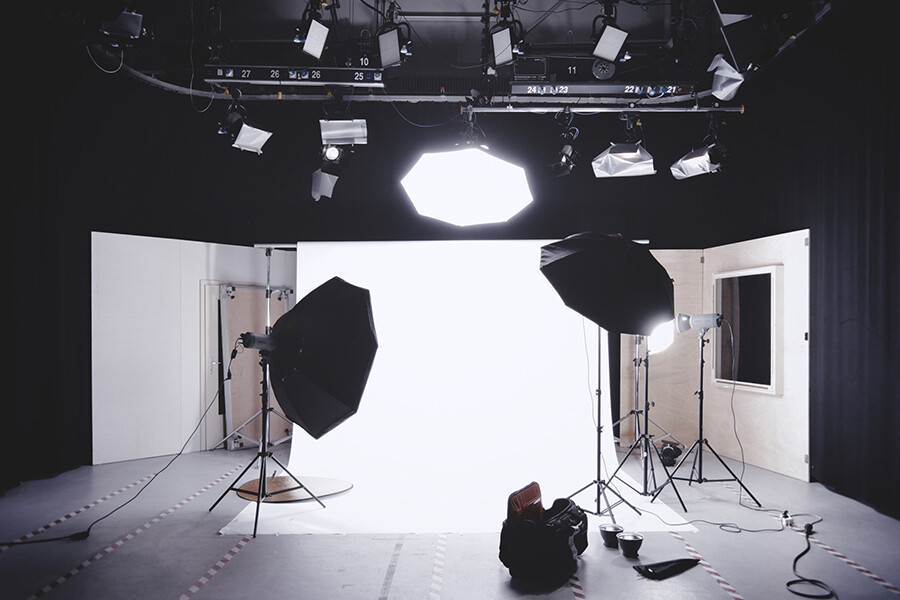- Accueil
- La recherche
- Mémoires et Travaux de fin d’études
- Les représentations du corps masculin idéalisé
Les représentations du corps masculin idéalisé
Auteur : COLRAT Guillaume
Directeur(s) de mémoire : Claire Bras
Photographie
Résumé : Le masculin ne semble pas au coeur des dynamiques de représentation du corps. Dans l’histoire de l’art, depuis des siècles, c’est une majorité écrasante de femmes à qui la peinture, la sculpture et plus récemment la photographie ont donné chair. Mais de plus en plus la nudité de l’homme s’affiche, se célèbre, se contemple. En effet, le musée d’Orsay lui consacre en 2013 une exposition : Masculin/masculin : l’homme nu dans l’art de 1800 à nos jours. Si le fait d’en faire le sujet d’un corpus d’oeuvres est concevable, c’est qu’il est fortement minoritaire, mais aussi qu’il suscite un intérêt nouveau. Mais alors à quoi ressemble le corps idéal de l’homme et de quelles valeurs est-il porteur ? On pense instantanément à des attributs virils tels que la force, le courage, la violence. Or dans le champ des représentations, sous le regard qui fait du corps un objet de regard, passif, on le retrouve parfois léger, sensuel, fétichisé. Ce mémoire se propose d’analyser d’un point de vue esthétique, à partir un corpus varié et significatif, l’évolution de la conception et de la représentation du corps masculin idéal. Celui-ci est une construction de l’esprit, qui s’est incarné dans différentes formes au cours du temps. En examinant la valorisation de ses attributs à un temps donné, on comprend qu’il s’y inscrit un nombre incalculable de phénomènes extérieurs. À travers, évidemment, le prisme du genre, on peut lire dans l’image d’Épinal du mâle la hiérarchisation sociale, le rapport au moi, et bien d’autres dynamiques qu’un discours écrit, conscient, rendrait avec moins de vérité. Ce mémoire fera appel à des champs connexes à l’esthétique, venant enrichir l’analyse des images. Se mêlant à un travail d’histoire de l’art, il va pointer les nombreuses fluctuations qu’a suivi le corps masculin idéal depuis l’Antiquité dans la culture occidentale. Il s’intéressera donc à différentes conceptions du corps, du modèle grec à l’ontologie moderne en passant par le bouleversement que l’irruption de la photographie fut dans la représentation des individualités. Puis, faisant appel aux sciences sociales par le biais des études de genre, il se proposera d’explorer l’utilisation du corps masculin comme outil politique. Nous verrons enfin comment le corps se verra tantôt subverti, tantôt transcendé par son utilisation comme matériau expressif dans l’oeuvre de certains artistes contemporains.
Mots-clés : corps, masculin, masculinité, virilité, idéal, genre, sexualité, érotisme, nu.
—
Abstract: The masculin gender doesn’t seem to be crucial in the depiction of the body. In art history, for centuries, sculpture, painting, and more recently photography have given flesh to an overwhelming majority of women. But we can see that the male nude is more and more displayed, celebrated, contemplated. In fact, the Musée d’Orsay dedicates an exhibition to the subject in 2013 : Masculin/masculin : the male nude in art from 1800 to nowadays. The fact that it could be the center of a pieces corpus underlines its minority in representations, but also expresses new concern for the matter. So what does the ideal male body look like and what values does it hold ? We instantly think of manly attributes such as strengh, courage, violence. But in the field of representations, under the gaze of the spectator which makes the body a passive object, we can sometimes find it light, sensual or even fetishized. This thesis’s purpose is to analyse from an aesthetics poitn of vue, from a wide and significative body of works, the evolution in the conception an depictation of the male ideal body. Its image is a construction of the mind, which has embodied itself in various forms over time. Looking upon the appreciation of its attributes, we understand that an overwhelming number of outer phenomenons engrave themselves in it. Through, of course, the notion of gendre, we can see in the picture perfect male the social hierarchy, the relation to the self, and many other dynamics which a written an conscious discourse wouldn’t render as truthfully. This thesis will appeal to some fields related to the aesthetics to enrich the image analysis. Through art history, i twill point out the numerous variations that the ideal male body has overcomed since ancient history in western culture. It will focus on different conceptions of the body, from the Greek model to the modern ontology and the way photography has upset the representation of the individuals. Then, appealing to social and gender studies, it will explore the way the male body is used as a political tool. Finaly we will see how the body is either overturned or tanscended by the way some contemporary artists use it as an expressive material.
Keywords: body, male, masculinity, ideal, gender, sexuality, eroticism, nude.



